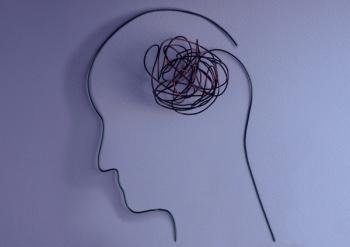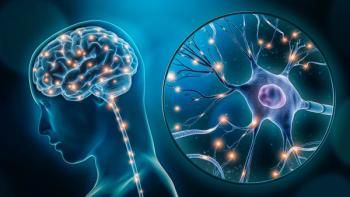
|Slideshows|July 26, 2018
Inflammation and Response to ECT in Treatment-Resistant Depression
Author(s)Brian Miller, MD, PhD, MPH
ECT is a highly effective treatment for depression, but a portion of patients fail to respond as hoped. Clinical variables have overall limited utility as a predictor of response. Is inflammation the key?
Advertisement
Newsletter
Receive trusted psychiatric news, expert analysis, and clinical insights — subscribe today to support your practice and your patients.
Advertisement
Latest CME
Advertisement
Advertisement
Trending on Psychiatric Times
1
FDA Grants Breakthrough Therapy Designation to Alixorexton for the Treatment of Narcolepsy Type 1
2
FDA Accepts Investigational New Drug Application for COMP360 for PTSD
3
Neurosterix Announces Phase 1 Study of NTX-253 for Schizophrenia
4
Stress in Sports: What It Really Means and How to Discuss With Athletes
5

















